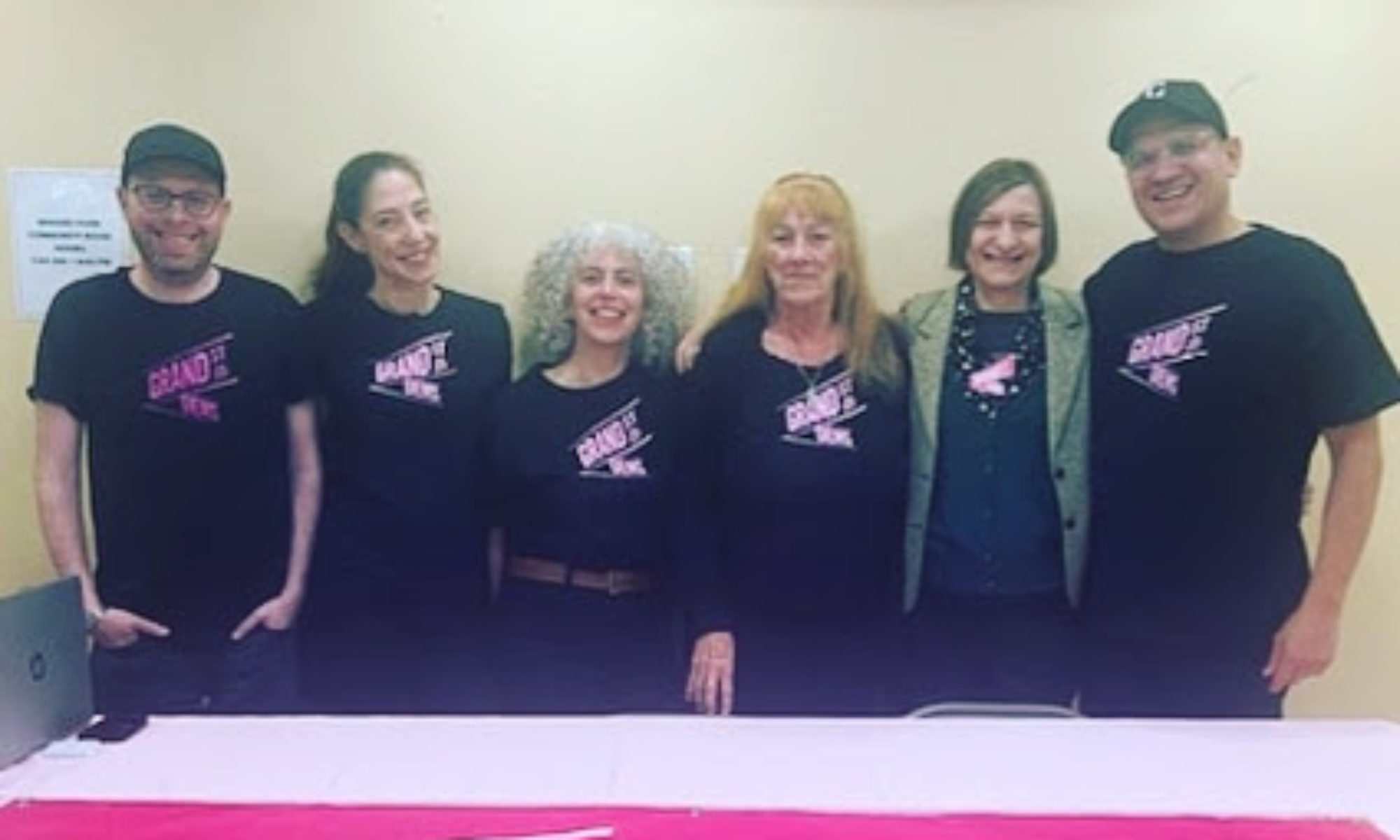
Staff from the NYC Department of Transportation presented to Community Board 3’s Transportation Committee on Thursday, June 28, 2018 in regards to the traffic on Grand, Clinton, and East Broadway.
DOT promised elected officials a traffic study of the area in 2017, but by the end of last year could say only that no conclusions could be drawn until after Essex Crossing construction is completed. Additional pressure from community leaders and elected officials this year brought DOT back to the neighborhood … but its report last week was still inconclusive.
The DOT says that data traffic collected this spring still needs to be analyzed. Aside from minor changes to signage and light-timing, no new proposals were presented for review by the CB3 committee.
What we did see were slides indicating a dozen or so proposals from the community that DOT has said it will be considering in the coming months, plus an estimated timeline that pushes any real proposals to the end of 2018. No date has been set for a return to CB3, and it was noted that this timeline pushes right up against considerations for L Train shutdown mitigation beginning spring 2019, which will make it even more difficult to implement.
In the past two months, DOT has made small changes to make drivers aware of other ways to the Williamsburg Bridge:
- signage southbound on the FDR has removed the word “alternate” from the Houston Street exit;
- new signs have been placed on Grand to let drivers know that both lanes will get them to the bridge (using Clinton and Norfolk); and
- a “no-honking” sign has been moved slightly east on Grand to warn drivers earlier to lay off their horn.
Coming soon:
- A new traffic agent will hopefully be assigned to the Clinton/East Broadway intersection to help pedestrians cross there during rush hour and keep drivers from blocking the intersection.
- DOT is also experimenting with light timing along Grand Street to increase the flow of traffic.
Now DOT is modelling more far-reaching proposals based on recent data:
- Eliminate Clinton access to bridge. Create dedicated left turn from Essex to Delancey (safer than before). Can Essex and Allen Streets handle the additional capacity? Estimated analysis completion: Aug. 2018.
- Reduce Clinton traffic by eliminating left turn from East Broadway, Henry, and Madison during rush. Can Essex and Allen Streets handle the additional capacity? Estimated analysis completion: Aug. 2018.
- Open access on Delancey Street from FDR to bridge. DOT is not sure Delancey has the physical characteristics for this to be possible. Parking in the neighborhood would be reduced, and the NYPD and FDNY at Pitt and Delancey would need to be accomodated. Estimated analysis completion: Dec. 2018.
CB3 will invite DOT back in the fall. In the meantime, we believe that continued pressure from elected officials and community leaders, including members of Grand Street Democrats, will be critical in forcing DOT to recognize that Clinton Street is not an appropriate approach to the Williamsburg Bridge.
Here are the slides from DOT’s presentation on June 28:



 Following a
Following a 





